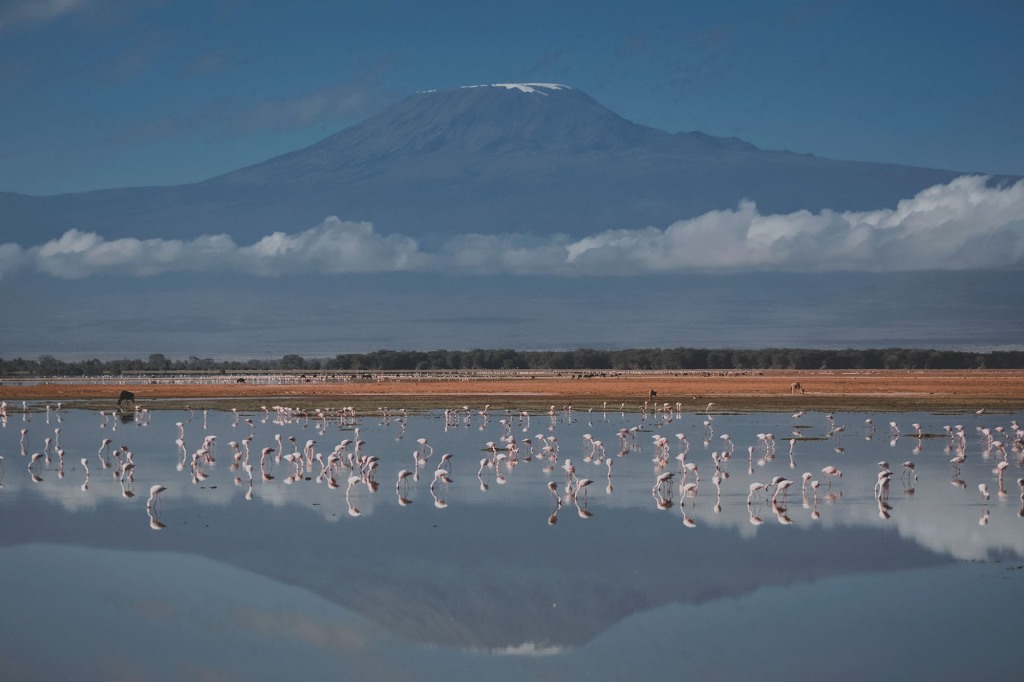Mount Kilimanjaro gets internet so climbers can post pics
It’s never been so easy to upload an epic selfie while scaling Mount Kilimanjaro in Tanzania — Africa’s tallest mountain.
As of this Tuesday, those climbing the 3-plus-mile-high daredevil trek will get service up to an altitude of 12,200 feet, the Guardian reports. By the end of the year, the country’s information minister Nape Nnauye says there will also be internet access on the mountain’s summit.
The “historic” development will not only allow visitors to share their experience with online friends, family and followers — but also give them access to digital navigational and weather tools.

“Previously, it was a bit dangerous for visitors and porters who had to operate without internet,” Nnauye said at the online launch event, according to the Guardian. “All visitors will get connected … [up to] this point of the mountain,” he added, referring to the Horombo Huts camp along the route to Kilimanjaro’s peak.
Climbers’ new ability to document their progress up the popular tourism destination varies enormously from the experience of Edmund Hillary and Sherpa Tenzing Norgay, the first people to summit Mount Everest in Asia, the highest mountain in the world. The pair arrived at the top on May 29, 1953, but nobody knew until June 2, when they were able to share the cheer with others.
The addition of internet access to the UNESCO world heritage site follows the Tanzanian government’s extremely controversial announcement that they plan to construct a cable car on the mountain’s southern side. The concept has proven enormously unpopular among environmentalists, climbers and expedition companies alike.
“One visitor from the US can have a maximum of 15 people behind him, of which 13 are porters, a cook and a guide. All these jobs will be affected by a cable car,” Loishiye Mollel, head of Tanzania Porters’ Organization, said in 2019 when the cable car plans were first announced. “We are of the view that the mountain should be left as it is.”
Read the full article Here


